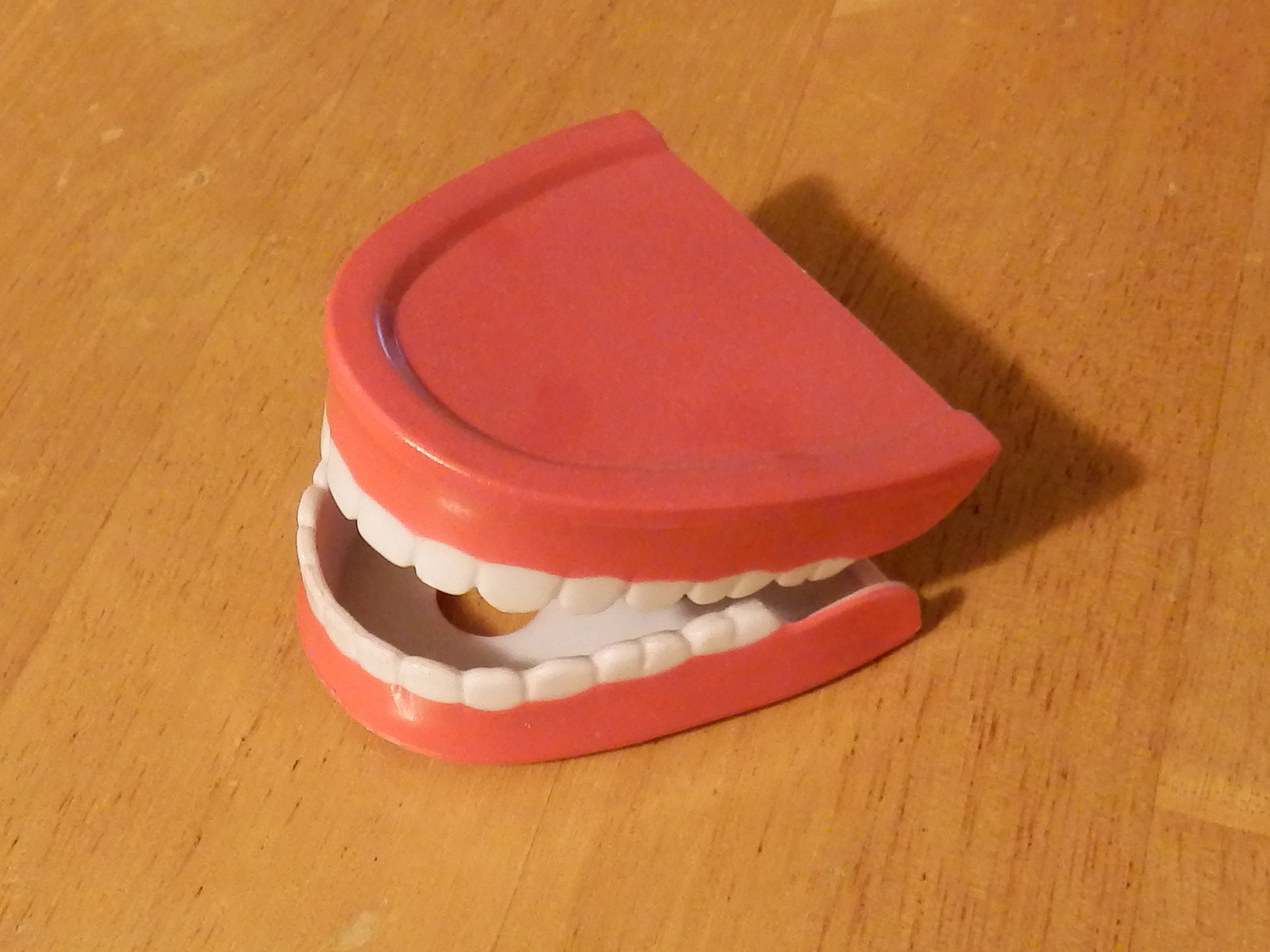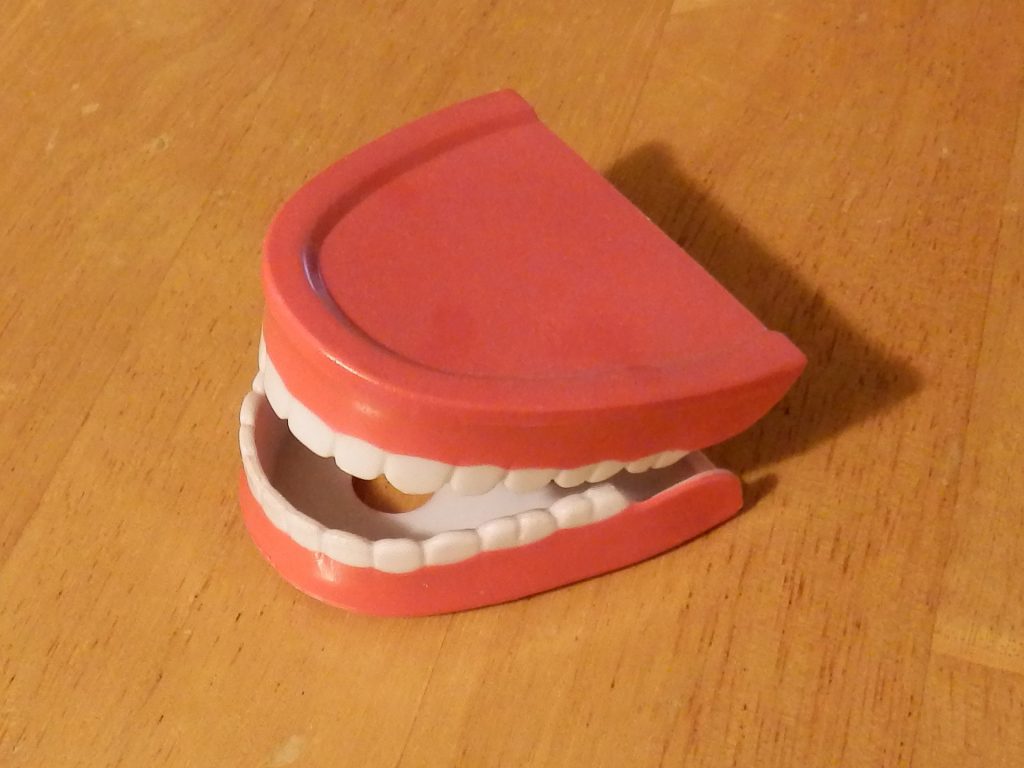Oral Health Options for Kids


Oral health options for kids are often an expensive reality. Between cleaning fees, cavity checks, and orthodontic work, prices and services vary. Luckily, as the options and technology revolving around tooth care continue to improve, the prices of some services are becoming more affordable. If you have a child, here is a brief rundown on what to expect when it comes to taking care of his teeth:
Basic Oral Hygiene
While not all insurance plans cover visits to the dentist, some dental offices offer services at affordable—or even free—prices. Additionally, some government programs, such as Medicaid’s CHIP, will help cover the cost of dental care for many families.
When you take your child to the dentist, here’s what you should expect: Assuming that your child has no cavities and doesn’t require any fillings, the dentist will primarily focus on cleaning the teeth and promoting basic oral hygiene. You can beat the dentist to it by encouraging your child to eat healthy meals and reduce the intake of sugar and sweets. Choose toothpaste with fluoride for your child, and set regular brushing times. You can also talk to your child’s dentist about sealants for your child’s teeth.
Orthodontic Care for Children
When children get a little older, it is likely that they will require some sort of service—invasalign, braces, retainers, tooth removal, spacers, etc.—to help their mouths grow and/or straighten their teeth for aesthetic purposes. Here are some of the options you may encounter:
Invisalign and Similar Products: Invisalign uses a clear plastic mold that covers teeth and is changed every two weeks. The two-week time period allows for a new mold to be made, which is used to slowly align teeth by making minor adjustments to each mold. Unlike conventional braces, many prefer invisalign because it is clear, can be taken out easily, and draws less attention to the mouth.
Braces: Braces are used to correct gaps in teeth, overbites, underbites, or to help align the teeth and lips. There are three different types of braces that are currently being used: metal braces, ceramic braces, and lingual braces.
Tooth Removal: Don’t be surprised if your child’s dentist or orthodontist suggests removing a tooth, or teeth, in order to make more room in the mouth for growing teeth. Most commonly, oral professionals will suggest the removal of wisdom teeth, although occasionally other teeth will be removed as well.
Spacers and Bands: Orthodontic spacers are rubber bands or pieces of metal that are inserted into the mouth in between teeth to help make room for other, incoming, teeth. Usually, the spacers will stay in the mouth for 1-2 weeks, to slowly push the teeth apart. Then the dentist or oral professional will remove the spacers.
Retainers: Retainers are most commonly used to realign teeth. Sometimes they will also be used to help with spacing problems, speech problems, or other medical maladies. Retainers help control the shifting of teeth and are very common for children, even younger children.
Whatever oral health questions you may have, your dentist or orthodontist can provide you with a full range of answers and explanations, as well as options concerning the best method of correcting a problem in your child’s mouth.
This article was provided by Samantha Greenbaum, health-conscious mother of two. If you’re interested in better oral care for your children, Samantha recommends you visit http://www.gittessbraces.com/
